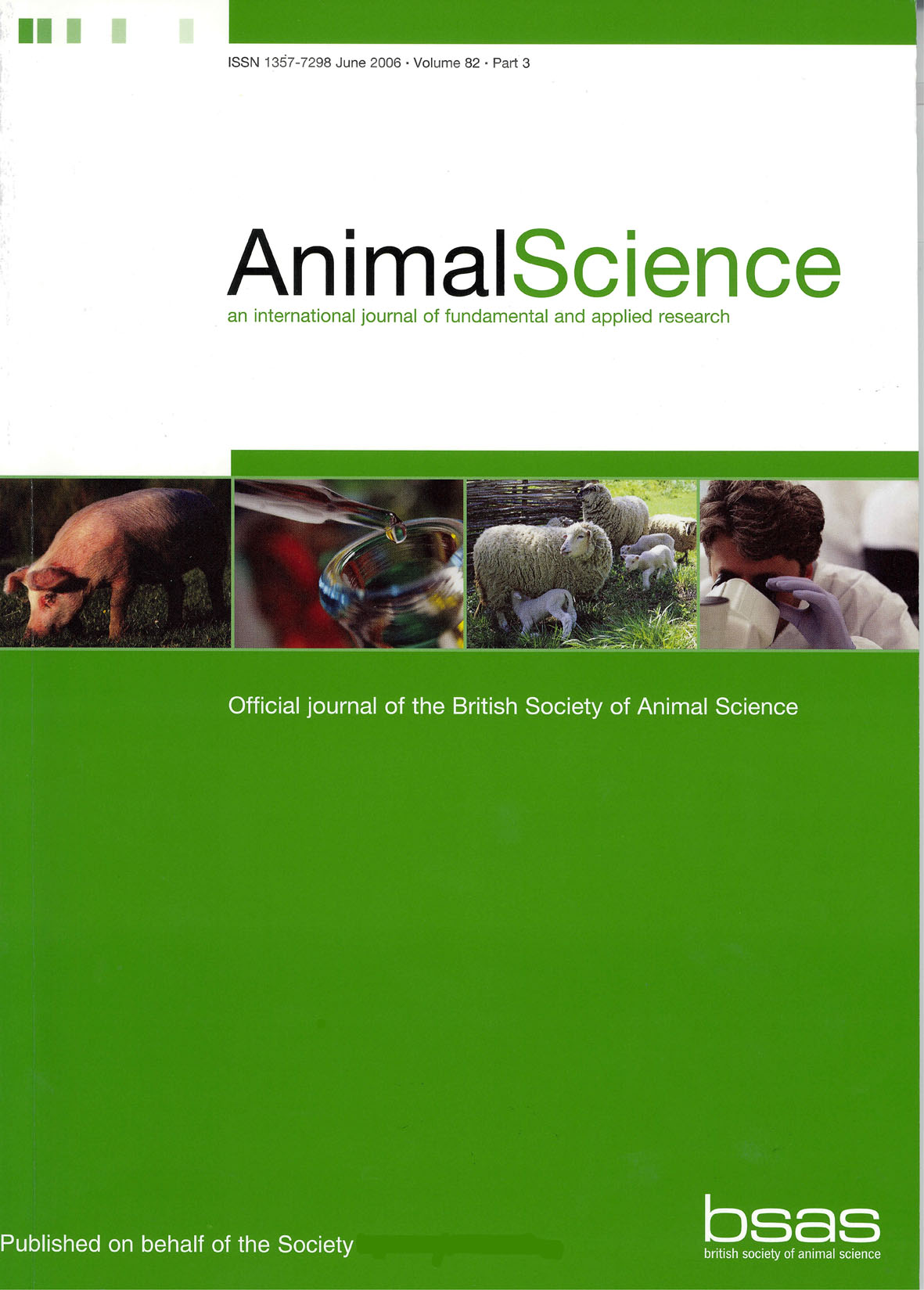Article contents
A note on annual reproductive rhythm in Marwari sheep of the Rajasthan Desert in India
Published online by Cambridge University Press: 02 September 2010
Abstract
Seasonal fluctuations in oestrous activity and live weight were studied in ewes of the Marwari breed indigenous to the Rajasthan Desert in north-western India. Of the ewes examined 80 to 100% were in oestrus every month of the year, indicating thereby the non-seasonality of female reproductive activity in this breed. On average, each ewe exhibited heat 18 times a year. The incidence of silent heats was low (4·2 %). The average length of an oestrous cycle was 17 days, while the actual period of oestrus varied from 24 to 48 h with an average of 36 h. No seasonal effect on these activities could be observed. The maximum and minimum body weights of the animals were recorded during the autumn (October) and summer (June) months respectively. The body weights differed significantly (P<0·05) between months. Sexual activity in these animals is, therefore, apparently not affected by changes in body weight. The continuous nature of oestrous activity in Marwari sheep may be economically exploited by regulating the lambing season according o t the prevailing ecological conditions and market demands, without the use of hormones.
- Type
- Research Article
- Information
- Copyright
- Copyright © British Society of Animal Science 1980
References
REFERENCES
- 7
- Cited by


